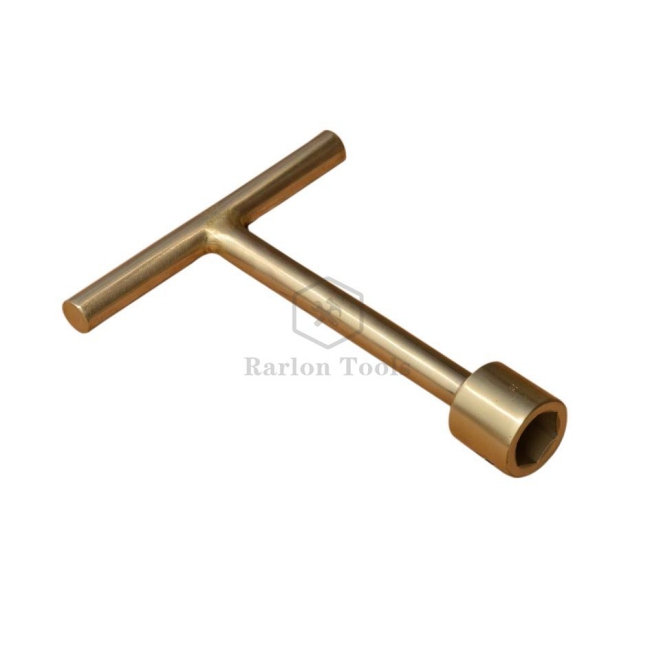1. Explosion: A phenomenon in which pressure and temperature rise sharply due to oxidation reaction or other exothermic reactions. Our company provides non-sparking tool.
2. Concentration: The proportion of explosive substances in the mixture is called concentration. The concentration of explosive gas is often expressed as a percentage of the volume, while the concentration of explosive dust is expressed in grams per cubic meter.
3. Explosive limit: The lowest concentration of an explosive mixture composed of an explosive substance and air is called the lower explosive limit of the explosive substance, and the highest concentration is called the upper explosive limit of the explosive substance.
For example, the explosion limit of methane is 5-15%, that is, the lower limit is 5% and the upper limit is 15%. When it is less than 5%, most of the heat generated by the reaction is absorbed by the surrounding medium, so the reaction speed is slow and cannot form an explosion. When it is higher than 15%, an explosion cannot be formed due to the relative lack of oxygen in the mixture.

4. Ignition temperature: the lowest temperature at which an explosive mixture ignites when tested in accordance with the standard test method.
5. Flashpoint temperature: The lowest temperature of the liquid that can make the combustible liquid emit enough vapor to cause the formation of an explosive mixture on the liquid surface.
6. Maximum test safety clearance: The maximum clearance between two parts of the shell cavity of the explosive gas mixture outside the shell cannot be ignited through the 25mm long joint surface after all concentrations of the tested gas or vapor-air mixture inside the shell are ignited under the test conditions specified in the standard.
7. Minimum ignition current ratio: the ratio of the minimum ignition current of explosive gas to the minimum ignition current of methane.
8. Non-hazardous spark metal: sparks produced by mechanical impact or friction cannot ignite the metal of the explosive mixture.
9. Particle size: the particle diameter of explosive dust and combustible fibers.
When explosive gases are classified according to the ratio of the maximum test safety gap to the minimum ignition current, for most explosive gases, the two classification results are approximately equal. In this regard, a lot of experimental work has been done at home and abroad.
The above information is provided by non-sparking tool supplier.